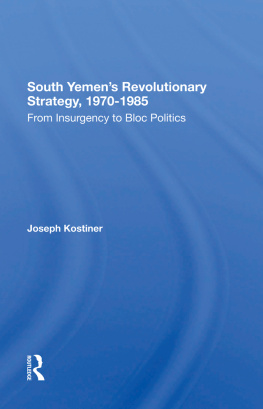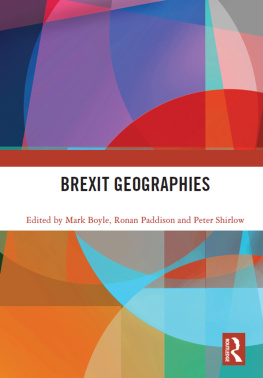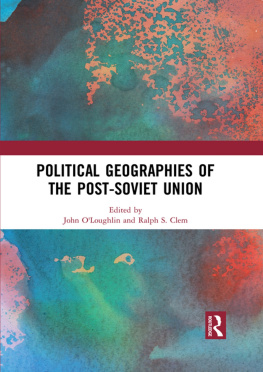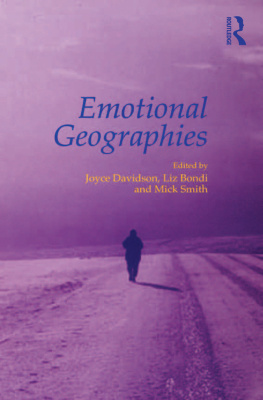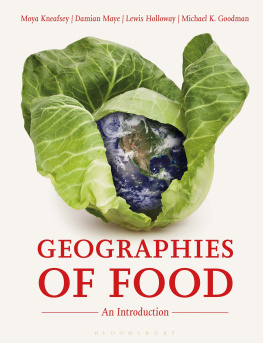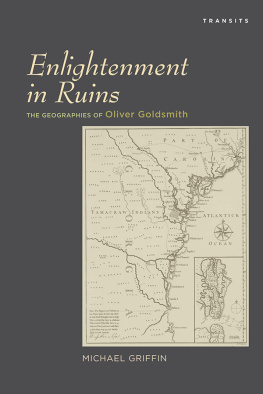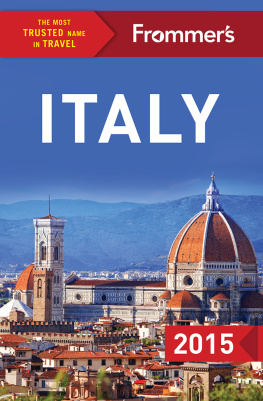Eleonora Ardemagni
The Huthis:
Adaptable Players
in Yemens
Multiple Geographies
Milano 2019
CRiSSMA
CENTRO DI RICERCHE SUL SISTEMA SUD E IL MEDITERRANEO ALLARGATO
RESEARCH CENTRE ON THE SOUTHERN SYSTEM AND WIDER MEDITERRANEAN
All articles undergo peer review based on initial in-house screening and out-of-house refereeing.
2019 EDUCatt Ente per il Diritto allo Studio Universitario dellUniversit Cattolica
Largo Gemelli 1, 20123 Milano tel. 02.7234.22.35 fax 02.80.53.215
e-mail: editoriale.dsu@educatt.it (produzione); librario.dsu@educatt.it (distribuzione)
web: www.educatt.it/libri
Associato allAIE Associazione Italiana Editori
isbn : 978-88-9335-465-3
copertina: Bernard Gagnon, Danza a Sada ; progetto grafico Studio Editoriale EDUCatt
Indice
Acronyms
AQAP: al-Qaeda in the Arabian Peninsula
Bdp: barrels of oil per day
GCC: Gulf Cooperation Council
GPC: General Peoples Congress
IMF: International Monetary Fund
IRGC: Islamic Revolutionary Guard Corps (Iran)
IS: the so-called Islamic State
LAF: Lebanese Armed Forces
MENA: Middle East and North Africa
NDC: National Dialogue Conference
OSESGY: Office of the Special Envoy of the Secretary-General for Yemen
PDRY: Peoples Democratic Republic of Yemen
PNPA: Peace and National Partnership Agreement
STC: Southern Transitional Council
UAE: United Arab Emirates
UN: United Nations
UPF: Union of Popular Forces
WB: World Bank
YAR: Yemen Arab Republic
Introduction
by Paolo Maggiolini and Riccardo Redaelli
For years, the perception of Yemen in the West reflected the languages and images use to promote an exoticized Orient; a narrative of this remoted land fixed in a primitive traditional past, characterized by black veiled women, mysterious villages castled on impossible dry mountains, warlike but gallant tribesmen. All to the benefit of Western tourists and their modern carnets de voyage.
Not surprisingly, the reality of that country has always been rather different. Both during the Cold War and after it, Yemen for decades divided in two different opposite regimes played the role of a perfect peripheral arena for regional confrontation and proxy wars. Something which over-emphasized its marked domestic tensions and fissures, with local political actors who have recurrently competed for authority and legitimacy.
Especially since 2001, the pace of such complex political interplay has considerably accelerated across the wider Middle East, a region inflamed by multiple crises which are dramatically altering its geopolitical equilibriums. The combination of local conflicts and geopolitical rivalries is in fact deeply transforming the wider Middle Easts socio-political and religious landscapes, drawing new spheres and boundaries between the people dwelling within it.
This condition has been variously interpreted. The wider Middle East has been considered a region that is structurally unstable because of the challenges to governing its ethnolinguistic and religious diversity and multivocality. This perspective tends to highlight that the root causes of the past and present regional instability lie within the region itself and its recent history. In this framework, the challenges and issues of regional stability have been constantly described as the product of the contested configuration of Middle Eastern diversity according to the international boundaries drawn after the Great War. Such an approach considers these premises crucial for understanding how Middle Eastern ethnolinguistic and religious diversity can be easily turned into a driver for local competition as well as into a tool to impose contrasting political agendas, both at the regional and international levels. In this framework, sectarian polarization tends to be described as the inevitable stance of fragmented socio-political fabrics made up of multiple religious communities, denominations, tribes and local groups.
Against this background, the wider Middle East has been described as a region inevitably destined to experience instability and fragmentation mainly because of its geographic configuration, being a natural bridge between different geostrategic sectors. Accordingly, it is not simply geopolitically important per se , but is pivotal because it has always played a crucial role in the international arena. In essence, the most important root causes of conflicts and contrasts in the region need to be primarily researched into the intertwining between competing international and regional power projections. From this standpoint, the wider Middle East should not be considered a region endemically marred by divisions and instability. Rather, instability and fragmentation are produced by the complex overlapping between local, regional and international interests that all contribute to manipulating and politicizing its multiple identities in the attempt to impose contrasting political visions of the destiny of this region with the aim of orienting the regional political equilibrium to their specific benefit. Accordingly, the intensity of the present crises and conflicts is a consequence of struggles at the regional and international levels that tend to take the shape of a proxy war, due to the inability of the local actors to secure their regional security complex.
It is clear that neither of these two approaches can alone provide a convincing explanation of the present turbulences in the region. The multiple crises inflaming the wider Middle East cannot be explained either as the simple consequence of the growing sectarian competitions within different countries or as the byproduct of international and regional rivalries that clash through local agents.
In this framework, the research of Eleonora Ardemagni is illustrative because it helps to go beyond simplistic understandings of the issues and challenges at stake. In particular, it has the merit of casting new light on one of the less studied crises in the region, the conflict in Yemen, and in particular on one of its protagonists, the Huthis.
Although it represents the worlds largest humanitarian crisis, with 14 million people at risk of starvation, and an armed conflict that has already killed or injured almost 18 thousand people, this civil war still remains at the margins of international public debate. Partially, this is due to the traditional underrating of the importance of this country within the wider Middle Easts geopolitical framework. At the same time, the war in Yemen has been generally underestimated exactly because it has been described by superimposing on it one of the two previous perspectives, either the sectarian or the proxy framework. Initially, it was easily portrayed as one of the failed springs in the region, ignoring the long period of war (2004-2010) that took place before the protests against the former regime and, even before that, the political separation in two different, competing regimes during the Cold War. Later on, it was portrayed as a mere pawn in the wider competition between the Sunni and Shite camps, namely between Saudi Arabia and Iran.
Nevertheless, Ardemagni depicts a much more nuanced path across the conflict, showing how the war in Yemen has been neither simply the most recent phase in the recurring internal competition for power and authority in the country nor solely a passive arena where a proxy war is taking place within the framework of a wider struggle. Rather, without negating any of the previous two dimensions, the war in Yemen is one of the pivotal hotbeds in todays wider Middle East where crucial transformations are taking place, structurally reconfiguring previous local communal identities and solidarities. From this standpoint, the historical vicissitudes of the Huthis are paradigmatic. As Ardemagni explains, by capitalizing on regional and internal dynamics and playing with their vague political identities, the Huthis progressively evolved into a non-state actor with military capability, strongly rooted in their ancestral territory, but also in control of the Yemeni capital Sanaa, thus becoming a central national player in contemporary Yemen. Moreover, regarding one of the most discussed issues in todays wider Middle East namely sectarian polarization Ardemagnis study of the Huthis shows how todays sectarianization in Yemen is both a product of the conflict and the result of the strategic reconfiguration of Yemens traditional communal identities (in particular those of the Huthis), rather a mere driver or root cause of the civil war.





